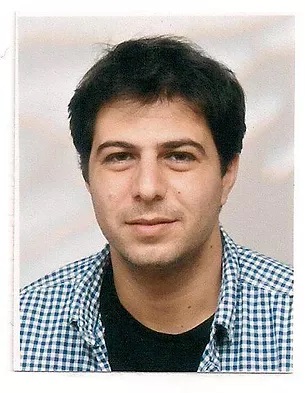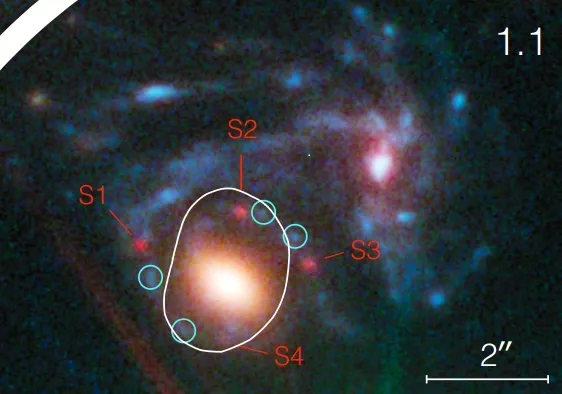Welcome – Zitrin Group
ABOUT ME
I’m an astronomer at Ben Gurion University, Israel. I study mainly the evolution and formation of the first and farthest galaxies, as well as the distribution and properties of dark matter, exploiting a beautiful phenomenon called gravitational lensing. Perhaps my main expertise is the analysis and modeling of strong gravitational lenses, a few impressive examples of which are seen throughout this site.
Before becoming faculty in BGU, I was a NASA Hubble Fellow at Caltech, and before that I was a postdoc at the University of Heidelberg, after finishing my studies in Tel-Aviv University.

PROJECTS AND MILESTONES
-
My first research in Astronomy concentrated on studying star-formation properties of nearby galaxies and the effect of environment on the star formation. During this study, we also may have detected signatures of a dark matter filament in our neighborhood.
-
I then moved to deal with galaxy clusters, and with gravitational lensing, and developed a pipeline to map the (mostly dark) matter distribution of gravitational lenses. I operated the pipeline on dozens of galaxy clusters since.
-
Our extensive effort turned out to be very beneficial. Not only did we help change the number of lensing clusters analyzed from several to dozens, supplying a statistical sample that can be compared to predictions, we also revealed several uniquely magnificent lenses, including the largest gravitational lens known to date.
- I helped frame or became a member of various successful lensing surveys with the Hubble Space Telescope, such as CLASH, RELICS, and the Hubble Frontier Fields – an unprecedentedly deep lensing survey.
- Using our lens models we detected hundreds of galaxies in the reionization era above z>6, few of which held the record for the farthest known galaxies, at z~10-11.
-
I also study galaxies spectroscopically using the Keck Telescope in Hawaii. On this front we aim to detect faint emission lines from the epoch of reionization, to understand the physical properties of the first galaxies and whether they could have reionized the Universe. During our campaign we detected the farthest Lyman alpha emission line known, from a galaxy at z=8.7; a redshift at which this is barely expected.
-
In our collaborations we also discovered the first three supernovae magnified by galaxy clusters; the first multiply imaged supernova — a 50 year predicition — forming an Einstein cross and reappearing again as our models predicted a year later; and likely, the first caustic crossing event in a cluster, of a star at z=1.5.
-
Among many other things, I now concentrate on accelerating the analysis of many more massive clusters, so that we can identify the best cosmic telescope before the launch of JWST, the next generation space telescope aimed to study the first galaxies and early Universe. This included the automatization of some of the lensing code – as we have started doing in a few papers in the past. With this automated tool we were able to create approximate mass maps, unprecedentedly, for dozens of thousands of clusters(!). On the high-redshift front I continue the challenging study of the first galaxies, both spectroscopically and photometrically, again, in preparation for JWST.

The figure shows the first clear case of a multiply imaged Supernova, published in 2015 by Kelly et al., with contribution of our lens model. Lensed supernovae were predicted 50 years before the discovery by Sjur Refsdal, which also inspired the name for this supernova was seen in a field of a galaxy cluster, which is one of the most massive structures in the universe. The four images of the supernova are marked in red, and the white curves show features from our lens model – where symmetry flips between mirror images. Several other examples of lensed supernovae have been detected since.
